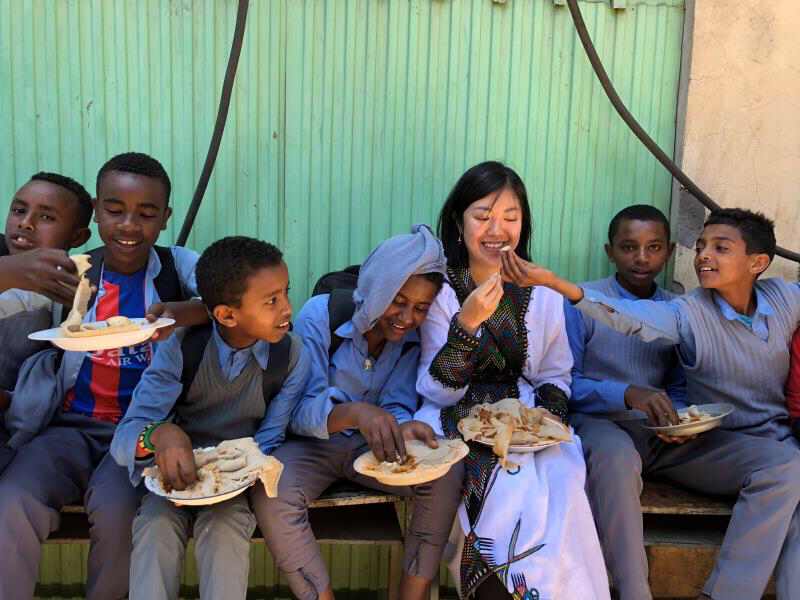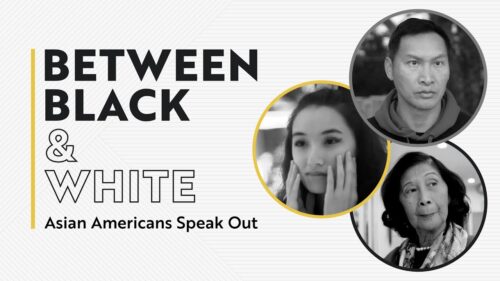Poverty alleviation remains China’s philanthropic focus after eradication of extreme poverty
Though most private Chinese companies involved in poverty alleviation still view the poor as a socioeconomically disadvantaged group, more and more have realized the opportunity for laborers and suppliers to create mutually beneficial business opportunities.

Poverty alleviation has long been a high priority for China. China, which has lifted more than 700 million people out of poverty since 1979, made a historic announcement in November 2020 that it had officially eliminated extreme poverty in the country. While average incomes in rural China are now above the government’s absolute poverty standard, it doesn’t mean that every family or community is poverty-free or that there aren’t still poverty challenges and gaps in the current social protection system, as Bill Bikales discussed with Kaiser Kuo in a recent Sinica podcast.
For that reason, poverty alleviation remains one of the biggest focus areas for Chinese philanthropists. In 2020, poverty alleviation was the third largest category of philanthropic donations in China, up from 11% to 24%, after education and healthcare. Donations to poverty alleviation causes have historically been to projects that help to develop local industries, increase employability, and improve education.
Over the last decade, the Chinese government has also started to engage directly with charitable organizations in delivering social services, including elder care, services to people with disabilities, social work services, public cultural services, media and healthcare services, and environmental protection services, stemming from President Xi’s establishment of the South-South Cooperation Assistance Fund, which has gone on to support assistance programs through various UN agencies. This is a significant shift, as the central government had never previously outsourced the implementation of its poverty alleviation goals to charitable nonprofits.
Private sector steps up
But it’s not only philanthropic organizations that are contributing to poverty alleviation efforts. Over 109,000 private companies in China have invested in poverty alleviation as of June 2020. According to officials, besides donations, companies tackle poverty from multiple angles, employing a range of creative solutions across the supply and demand sides of specific industries. Though most private Chinese companies involved in poverty alleviation still view the poor as a socioeconomically disadvantaged group, more and more have realized the opportunity for laborers and suppliers to create mutually beneficial business opportunities.
Pinduoduo, China’s second-largest e-commerce platform by sales volume, has been increasingly interested in rural commerce, cooperating with about 100 county chiefs to sell local agricultural products through livestreaming since the start of the pandemic. Livestreaming has been widely adopted to promote local products and tourism for poverty-stricken areas. As of May 2020, the nationwide “Help the Farmers” program had reached 180,000 farmers from nearly 400 agricultural regions, including 230 poverty-stricken counties. To support farmers’ upskilling efforts, Duo Duo University, Pinduoduo’s training arm, also equipped farmers with ecommerce operations know-how, as well as marketing knowledge and tools to promote farm products to urban consumers. Chinese companies have realized that it’s better to “teach a man to fish than to give him fish,” and that poverty alleviation can be a win-win campaign.
China looks abroad after making progress domestically
China has since launched poverty alleviation cooperation projects in countries around the world. China’s successful track record over the past several decades is emerging as a soft power diplomacy initiative in Africa, where it has helped countries on the continent build facilities including water conservancy infrastructure, vocational and technical schools, government-subsidized housing, and demonstration zones for agricultural cooperation. China has also shared its experience on poverty reduction through exchanges and cooperation including organizing training and building platforms.
Liu Wenkui, secretary-general of the China Foundation for Poverty Alleviation (CFPA), said that, while in the past, Chinese NGOs preferred to do good through volunteering, an increasing number are embarking on a new stage of rural revitalization since the eradication of extreme poverty domestically, aimed at helping target groups build their capacity through training and education so that they can embark on the road of sustainable development and control their own destiny. This change in approach is indicative of a larger shift in the poverty alleviation space. Domestically and abroad, Chinese philanthropic organizations are increasingly deploying local resources and using local laborers to produce products, provide services, and develop ecotourism, effectively leveraging the strengths of local communities to reduce poverty.
Additional research contributed by Ashley LaBrucherie.
*
Want to learn more? The Serica Initiative’s China Philanthropy & Nonprofit Newsletter is a monthly deep-dive into the trends, major players, and regulatory environment for philanthropic and nonprofit activity between the U.S. and China. Subscribe to the newsletter here.






